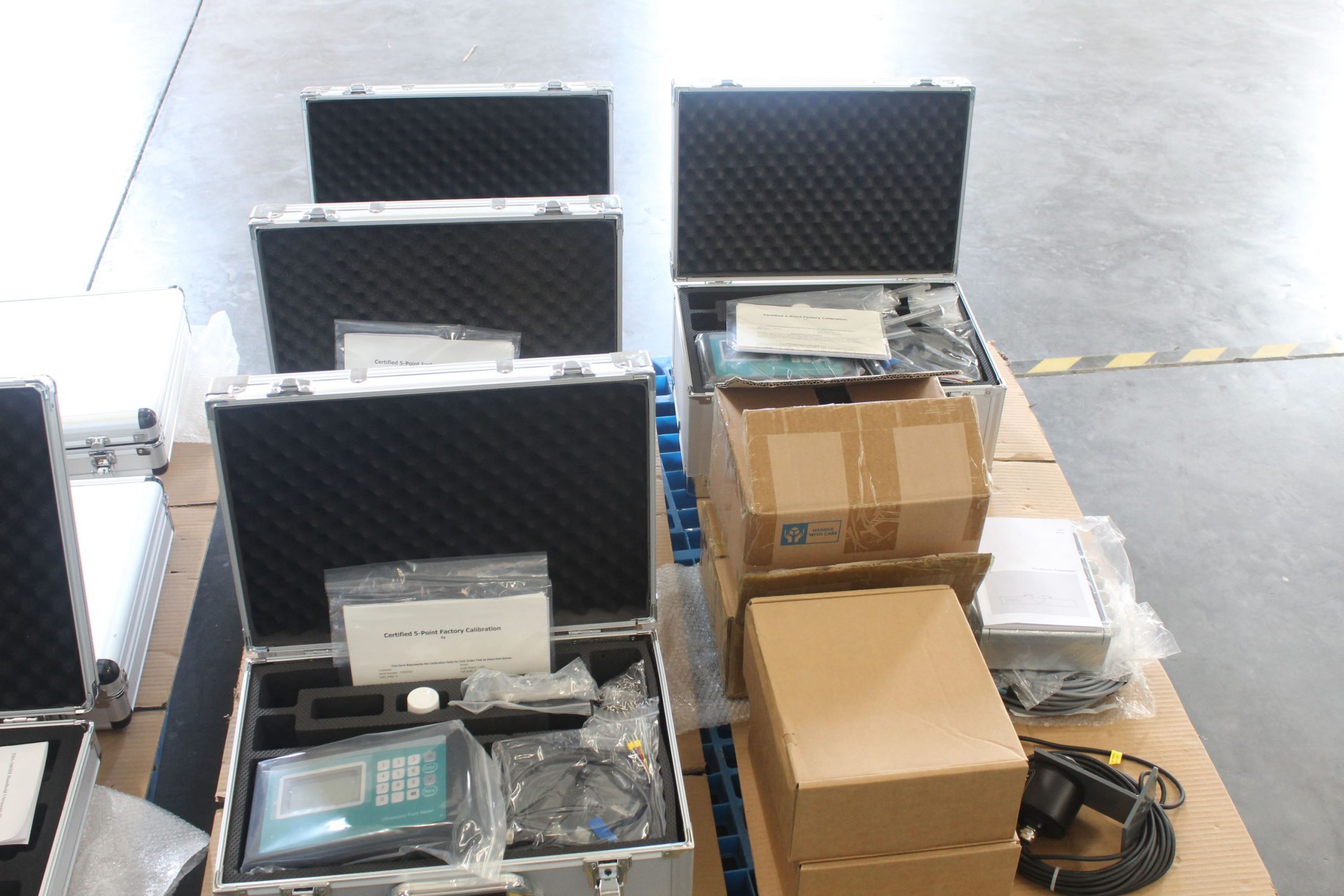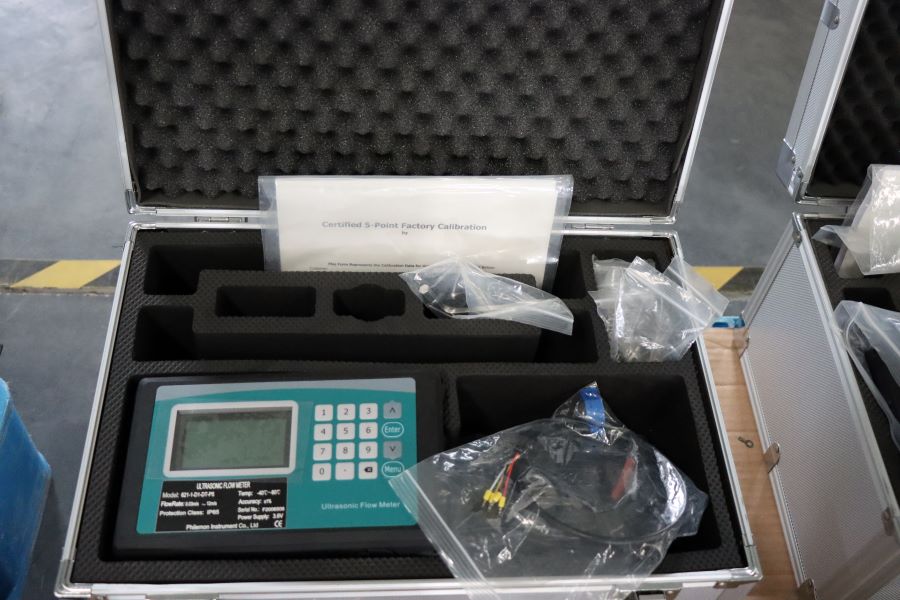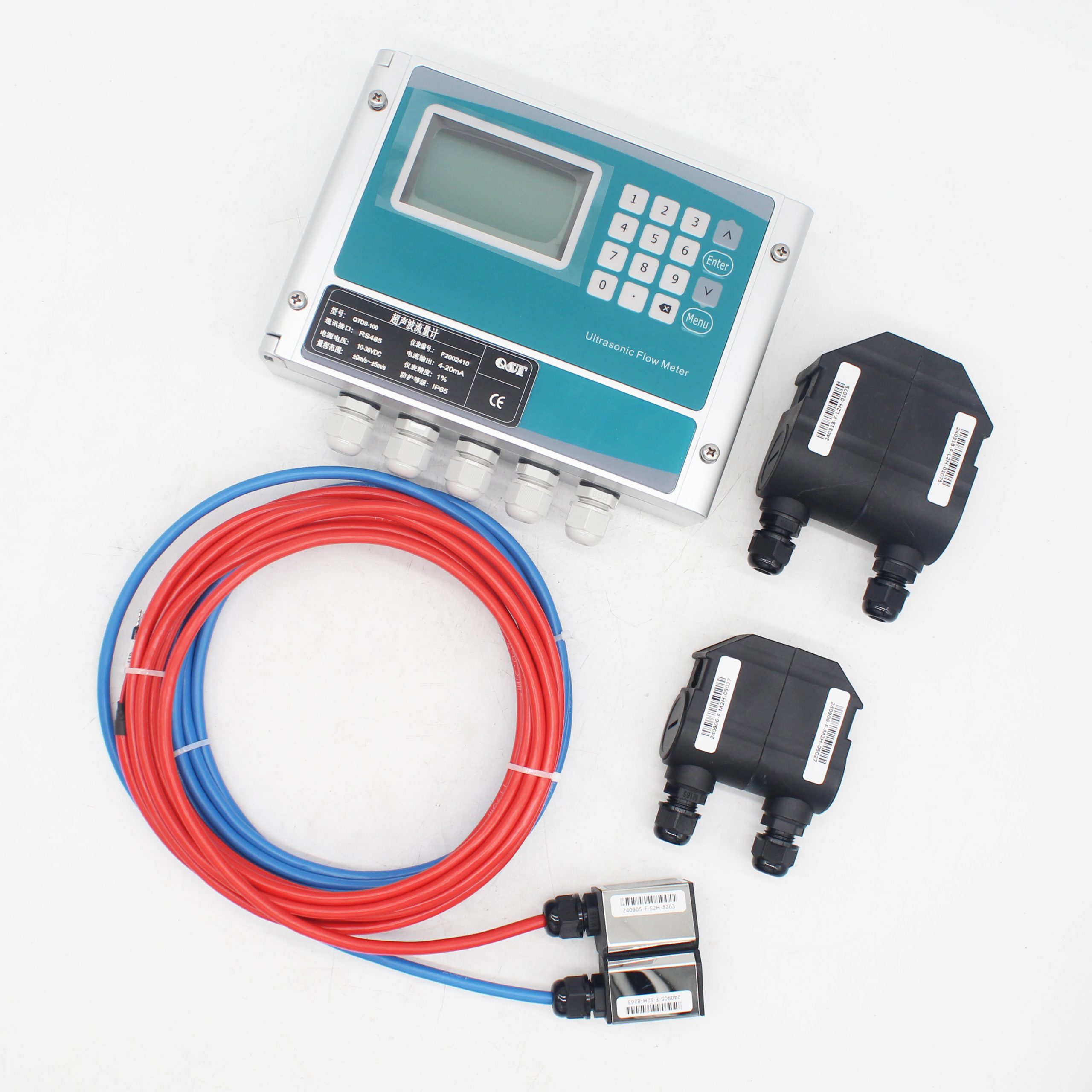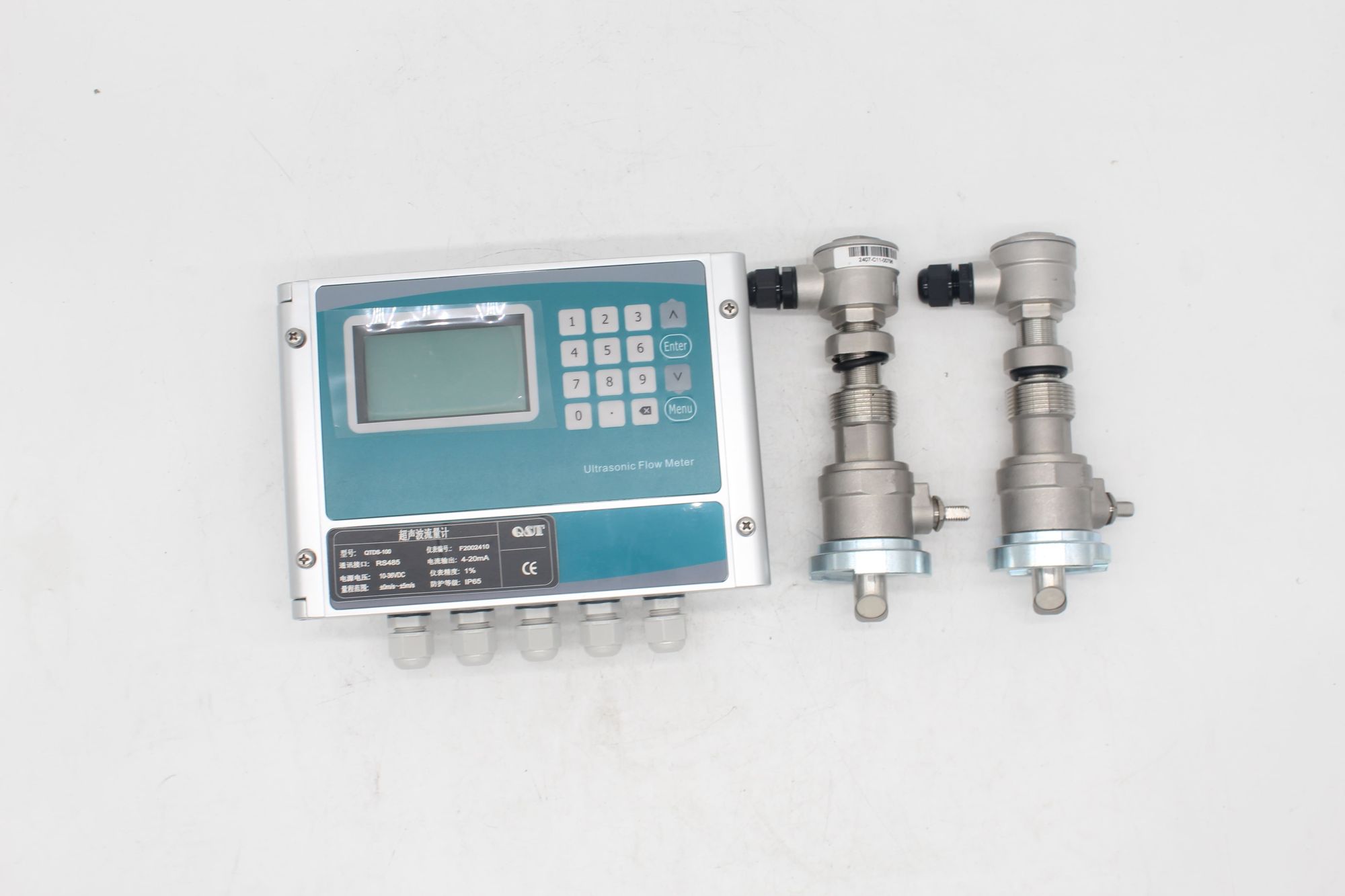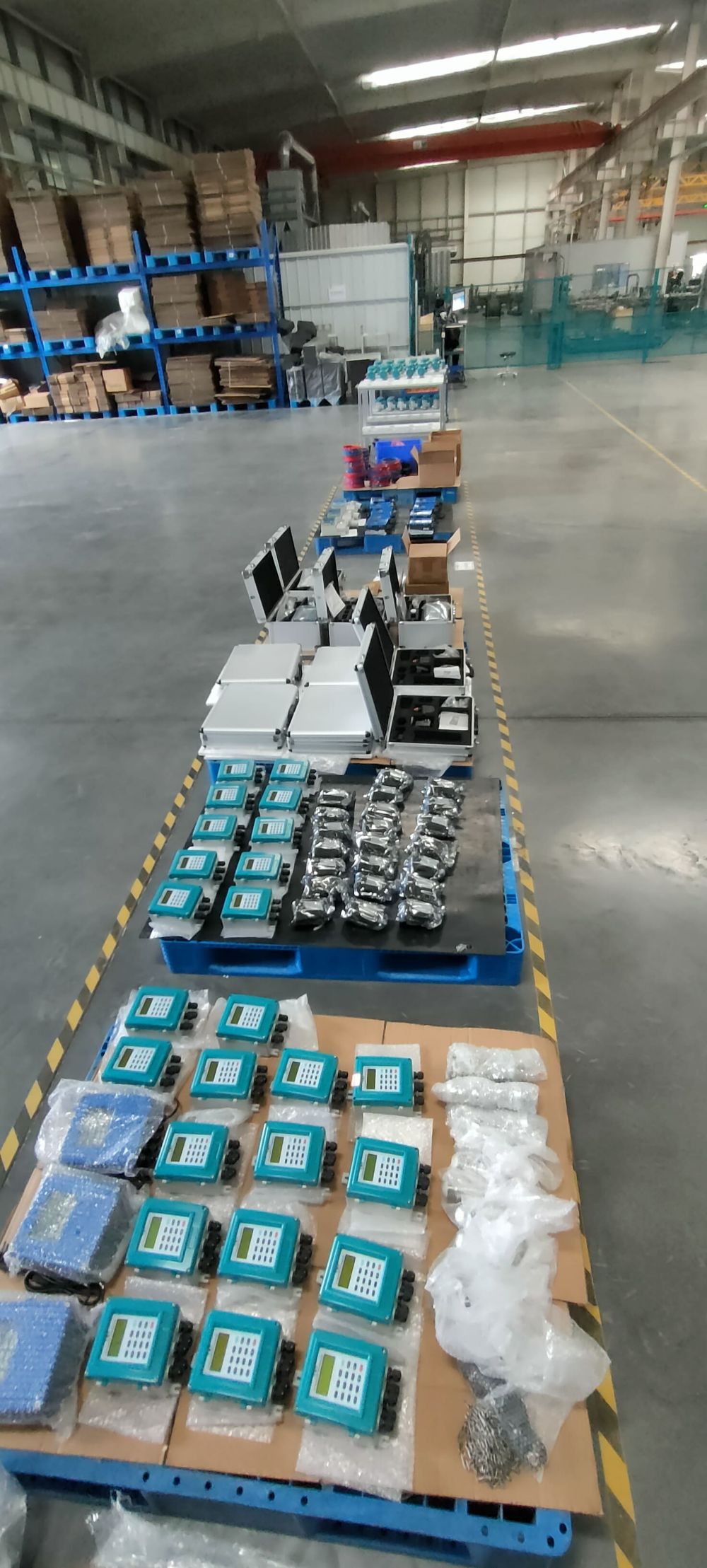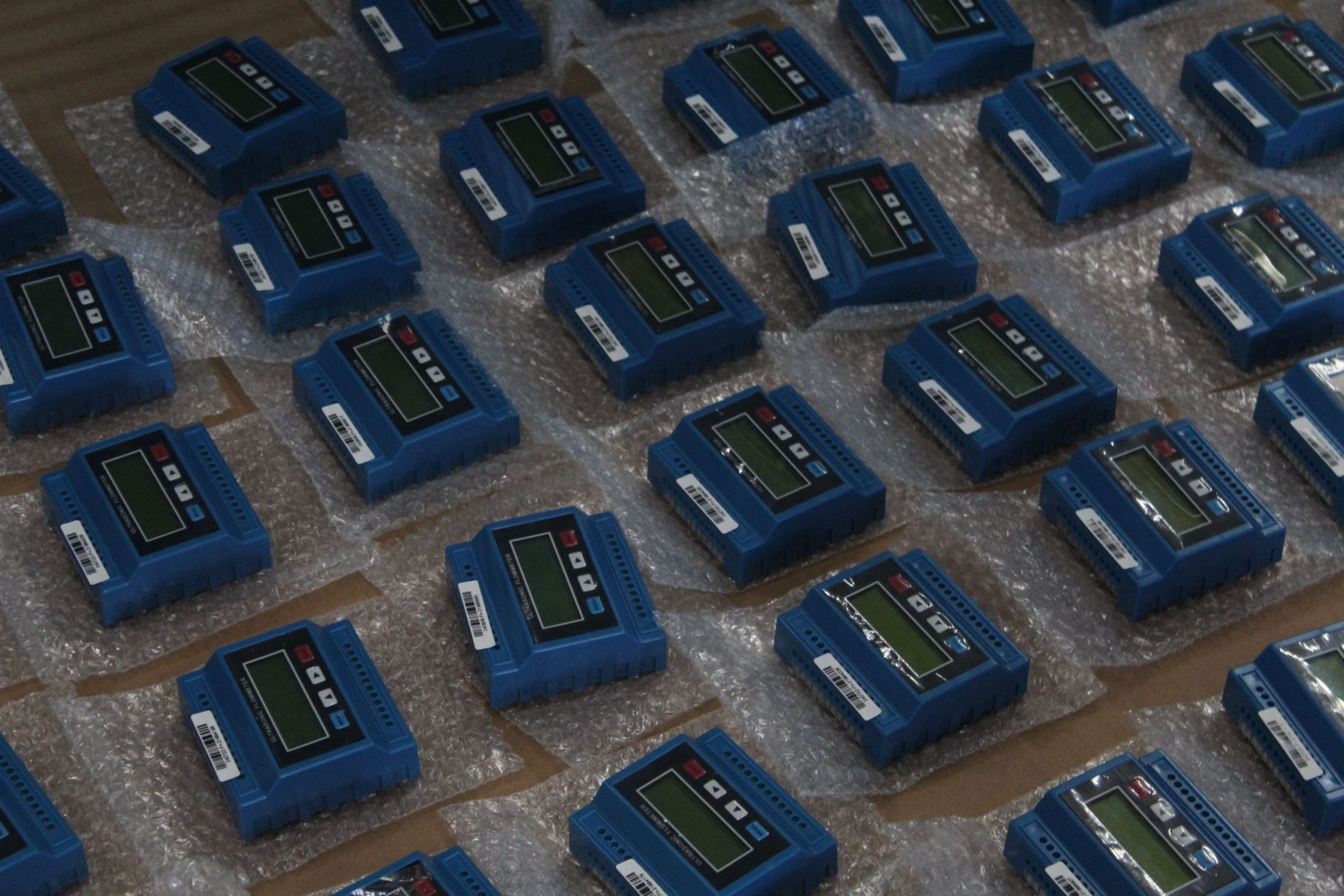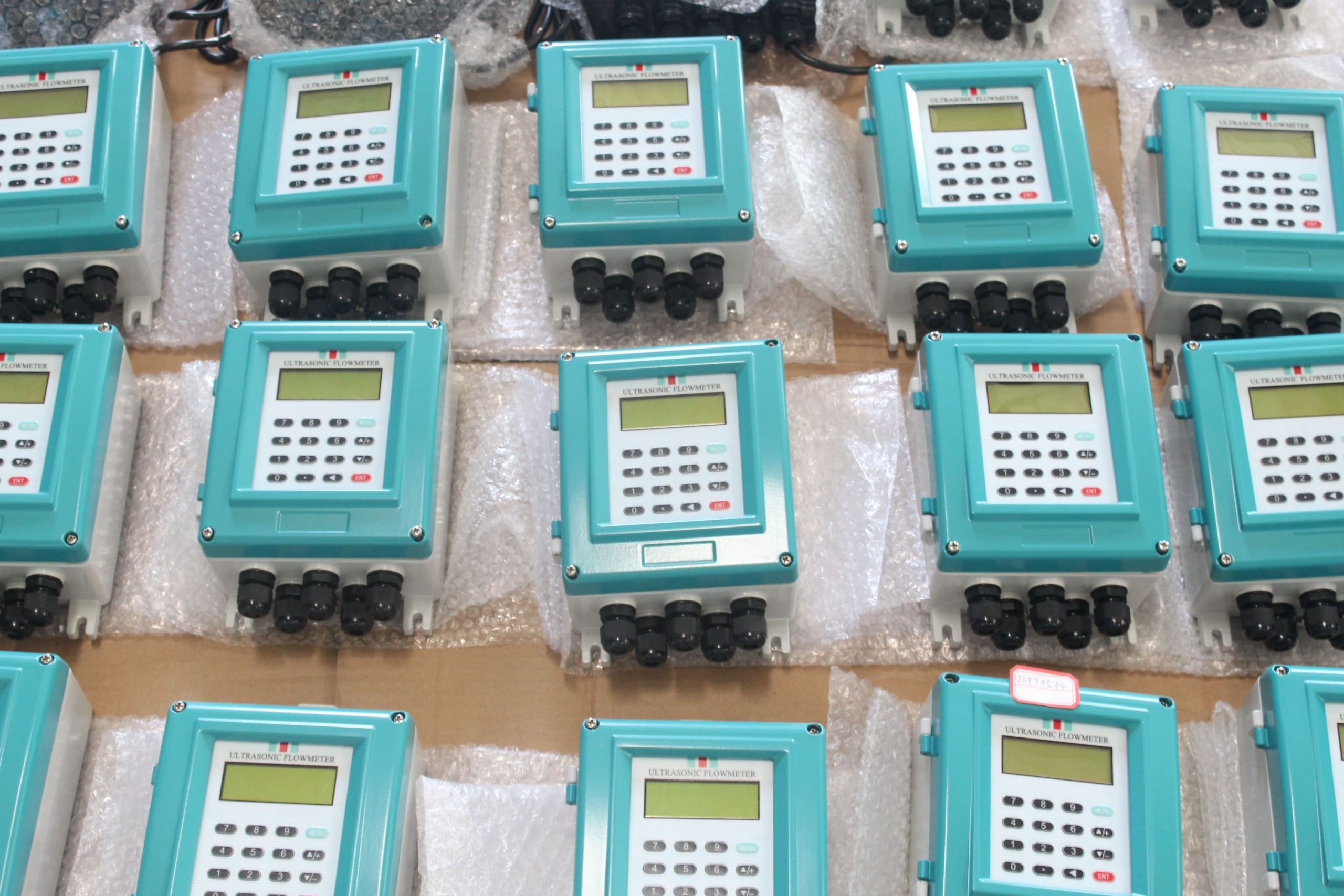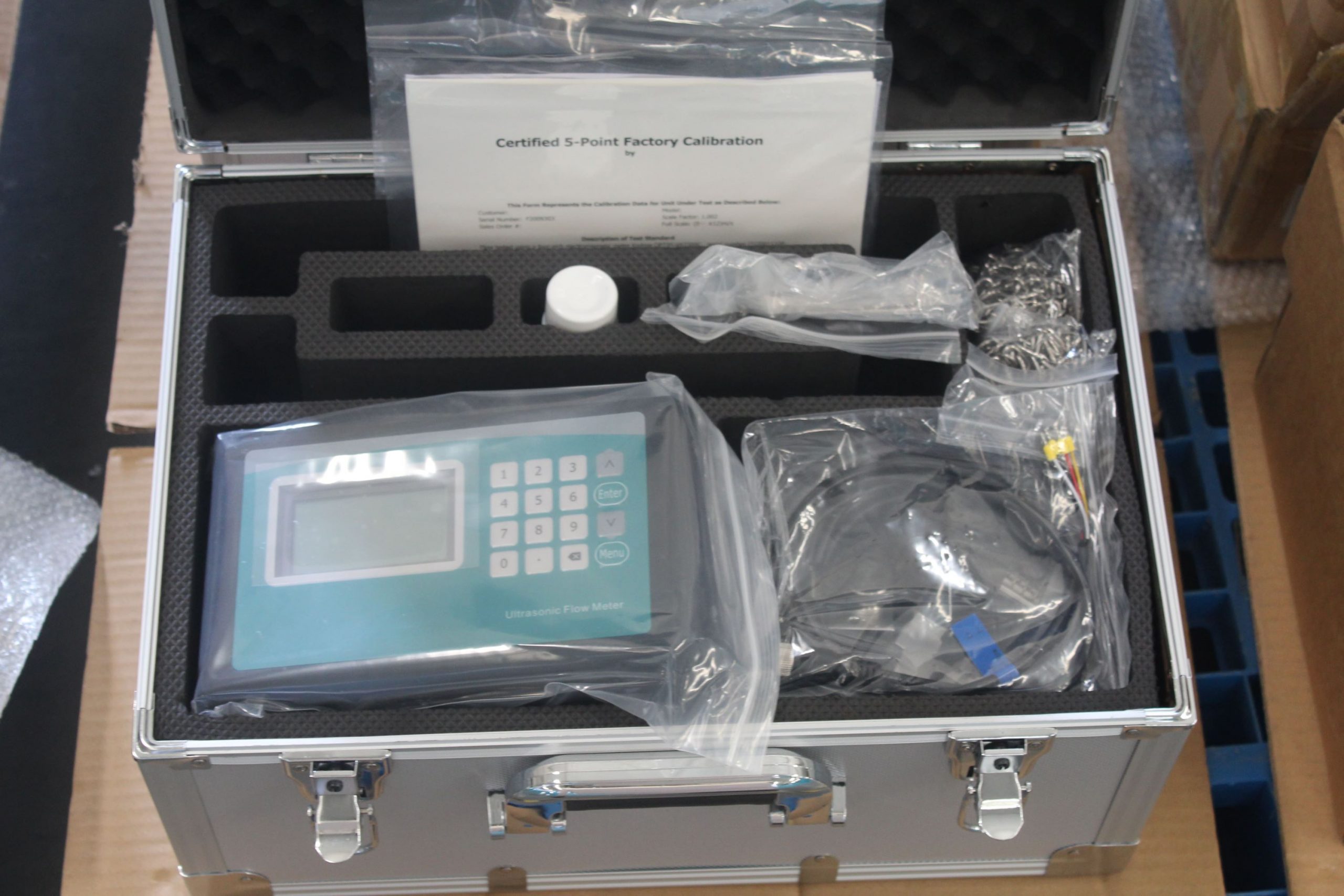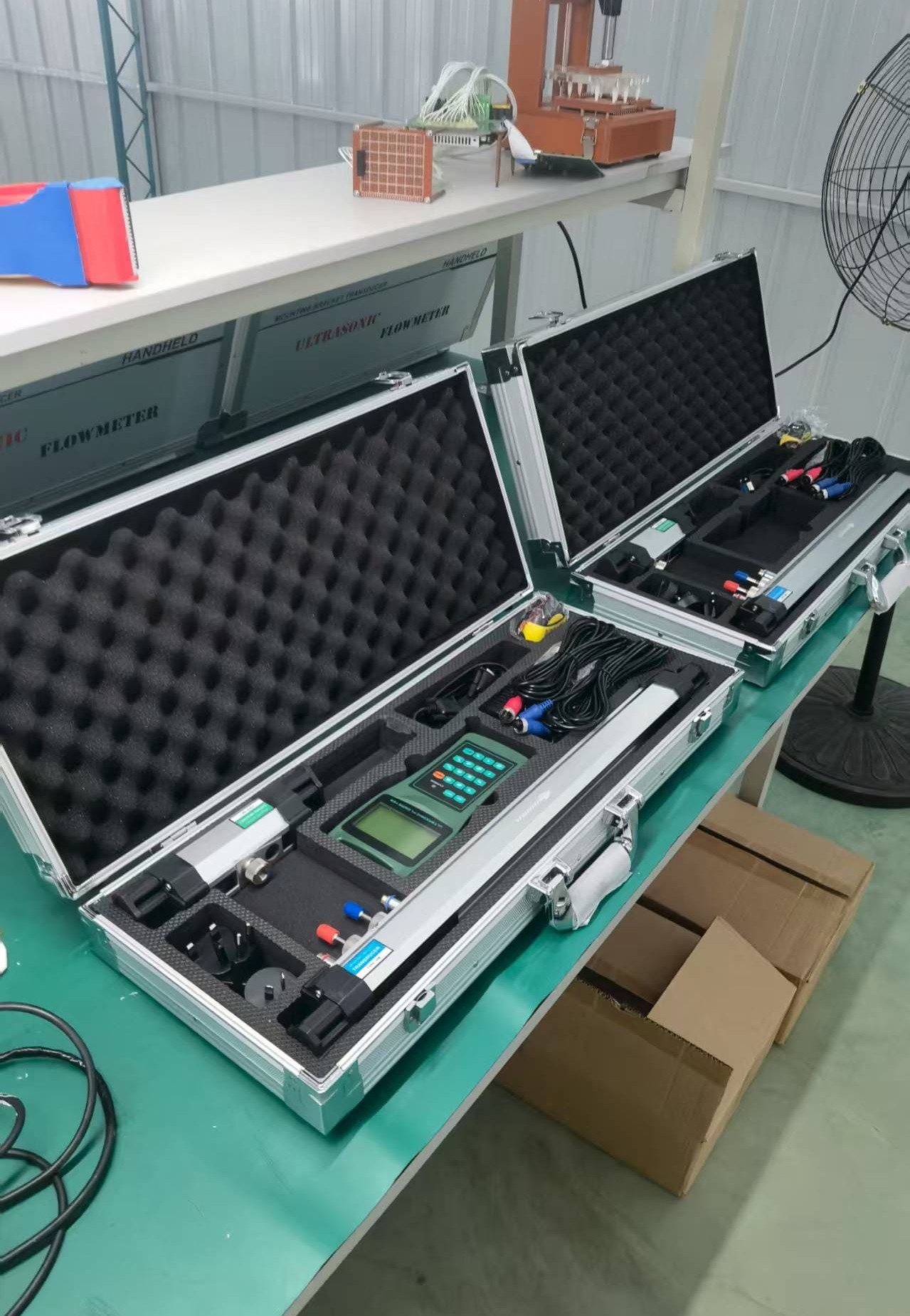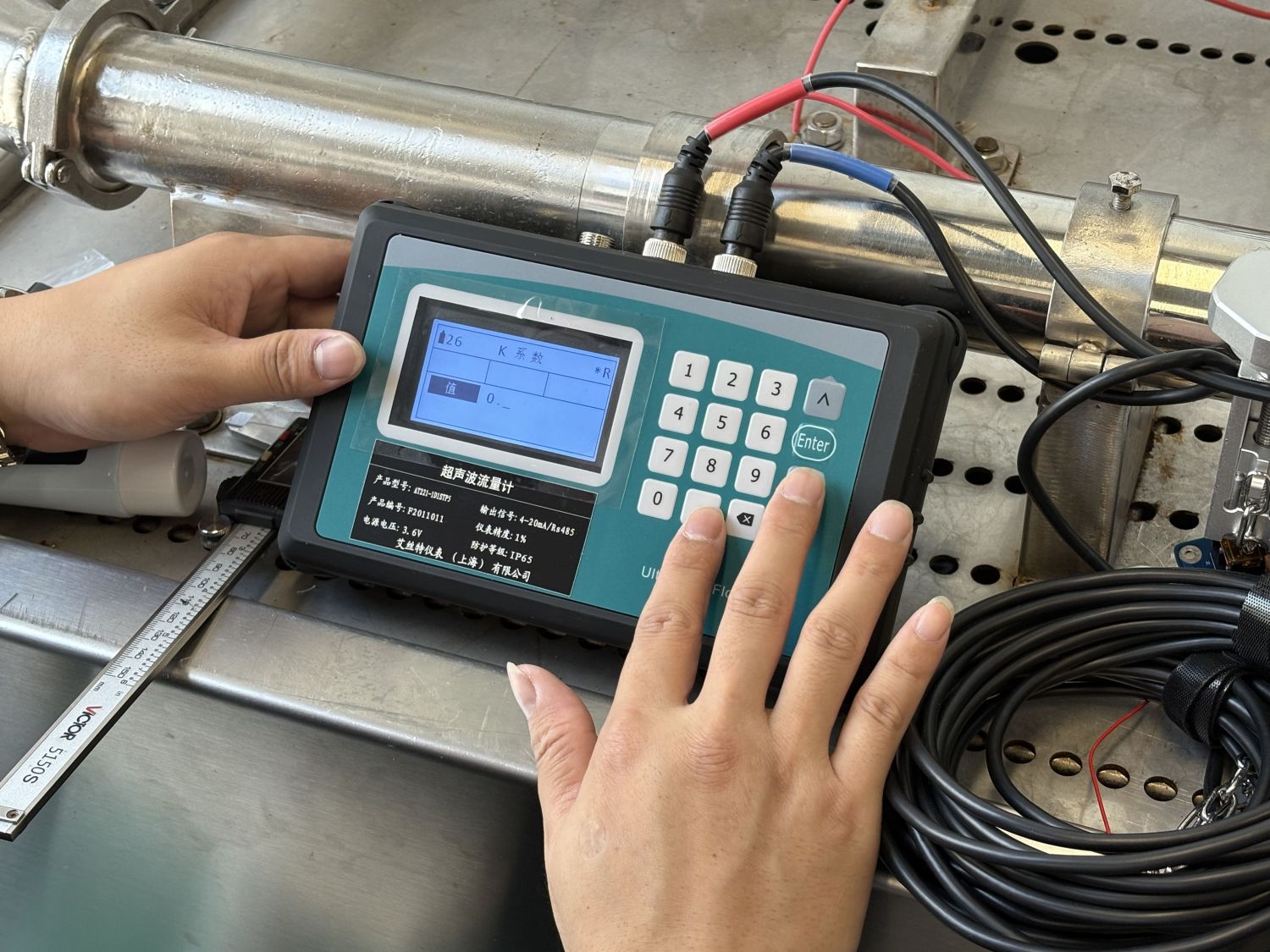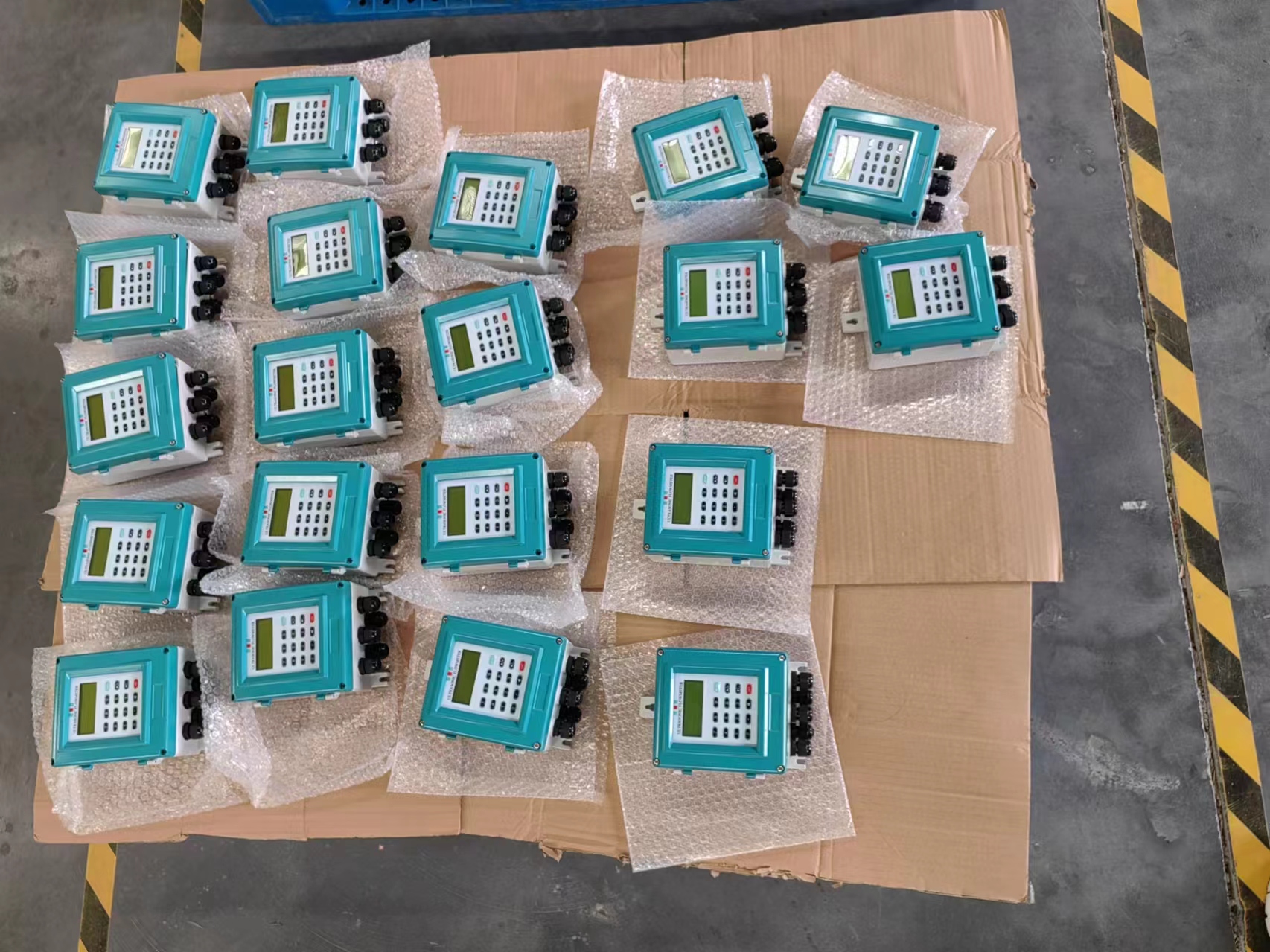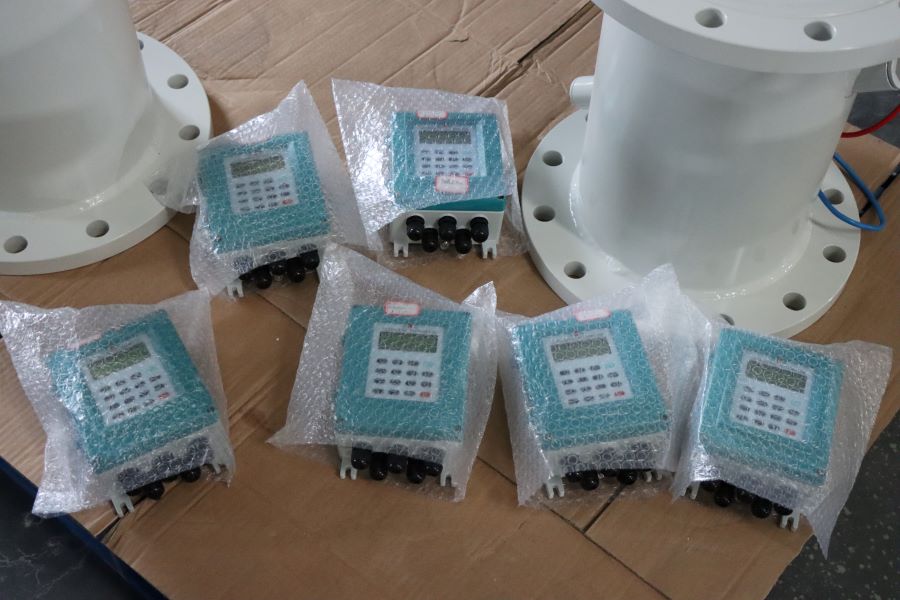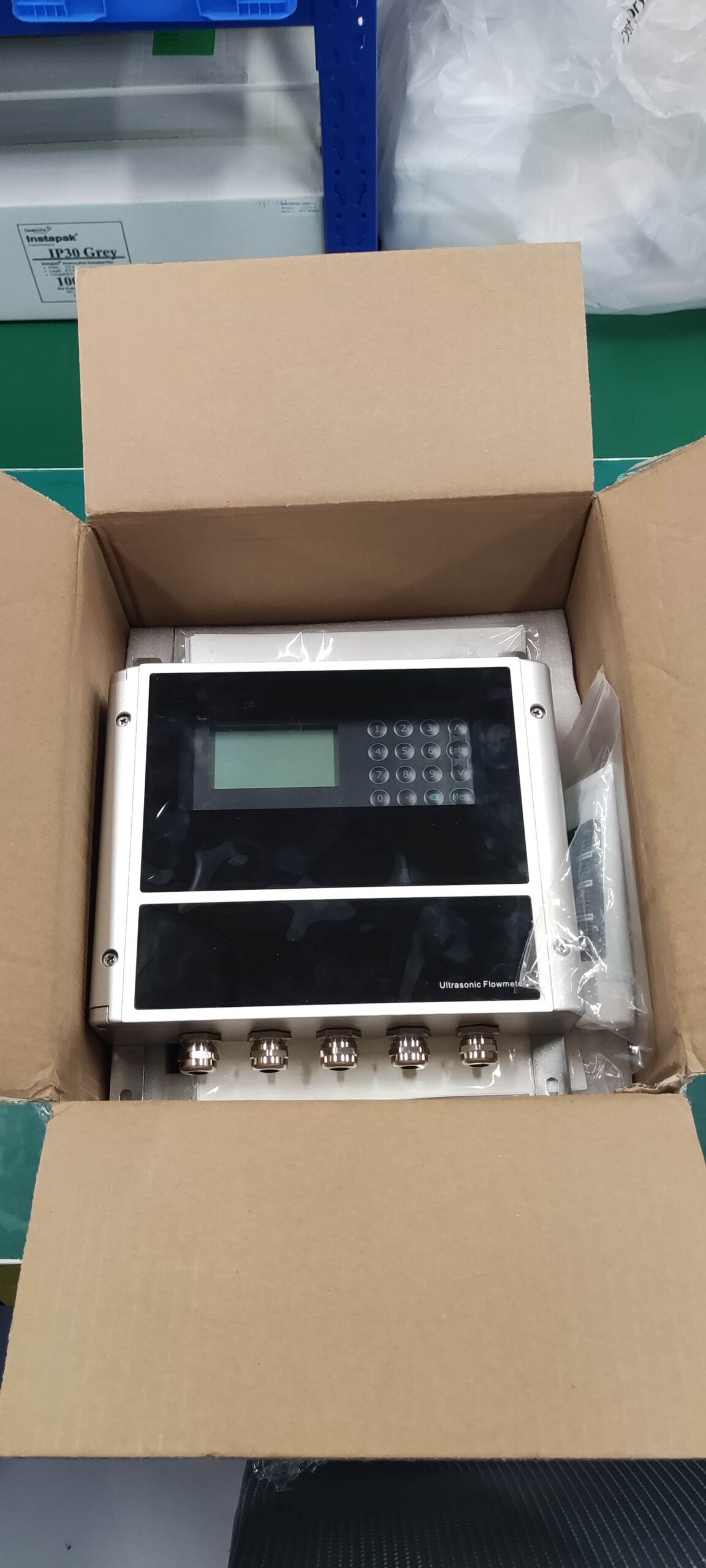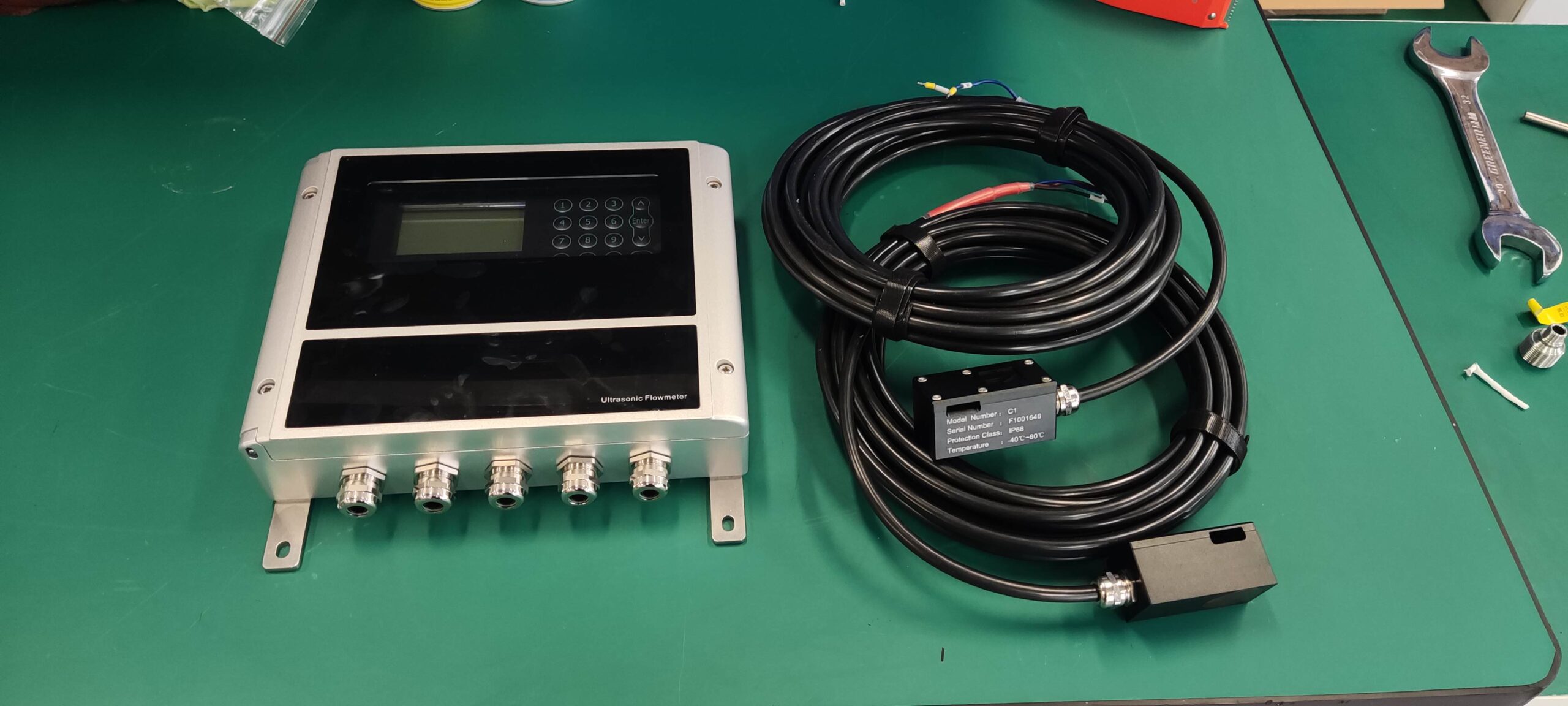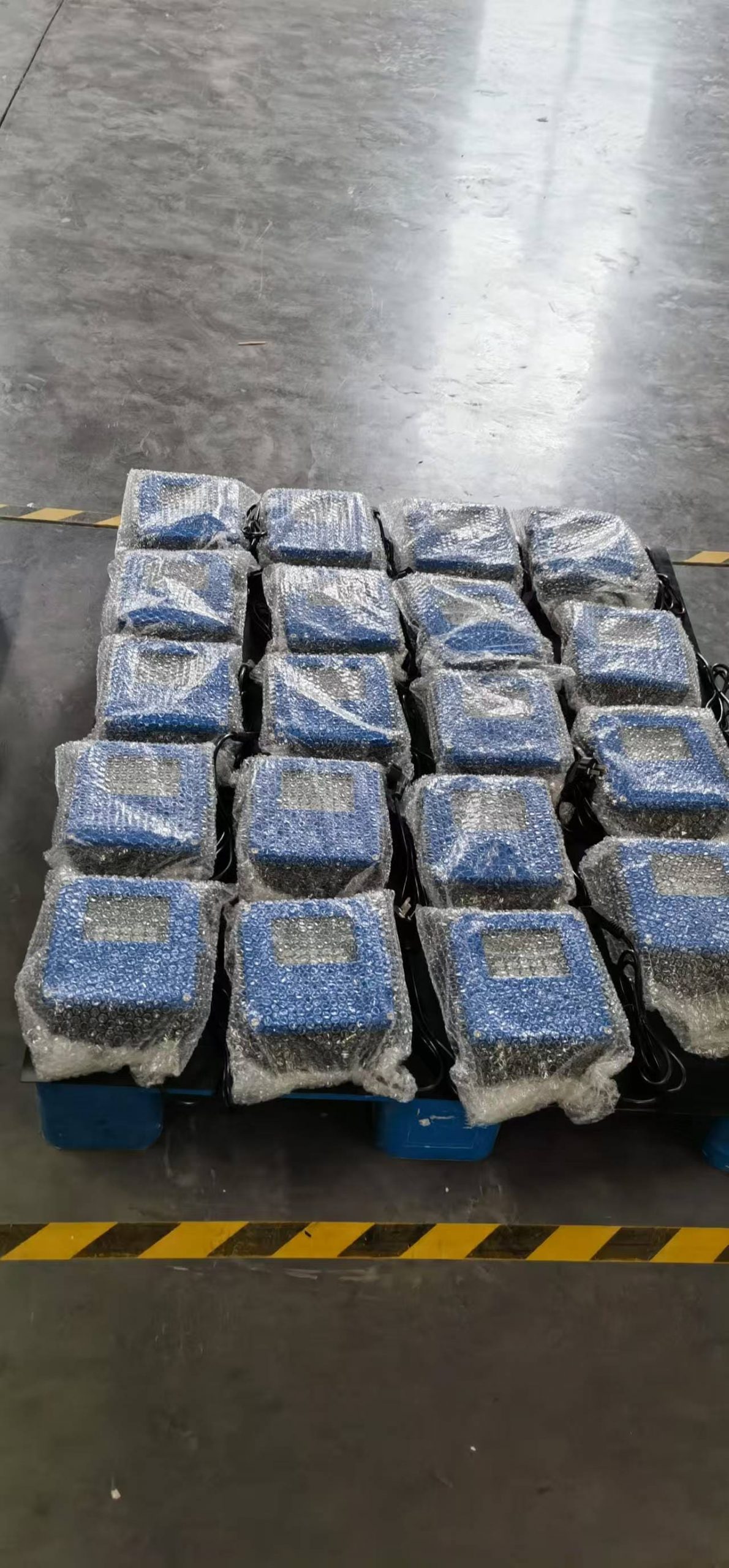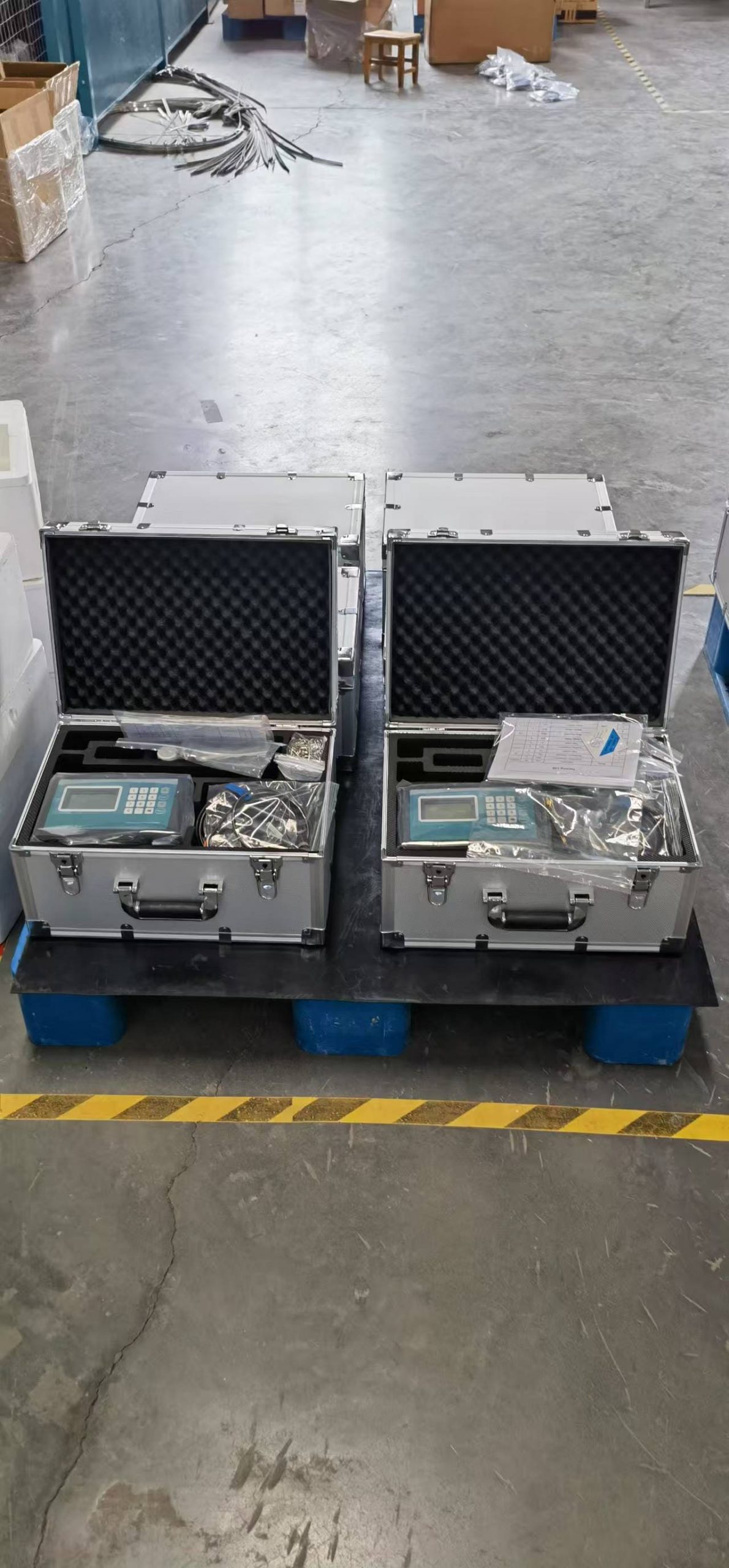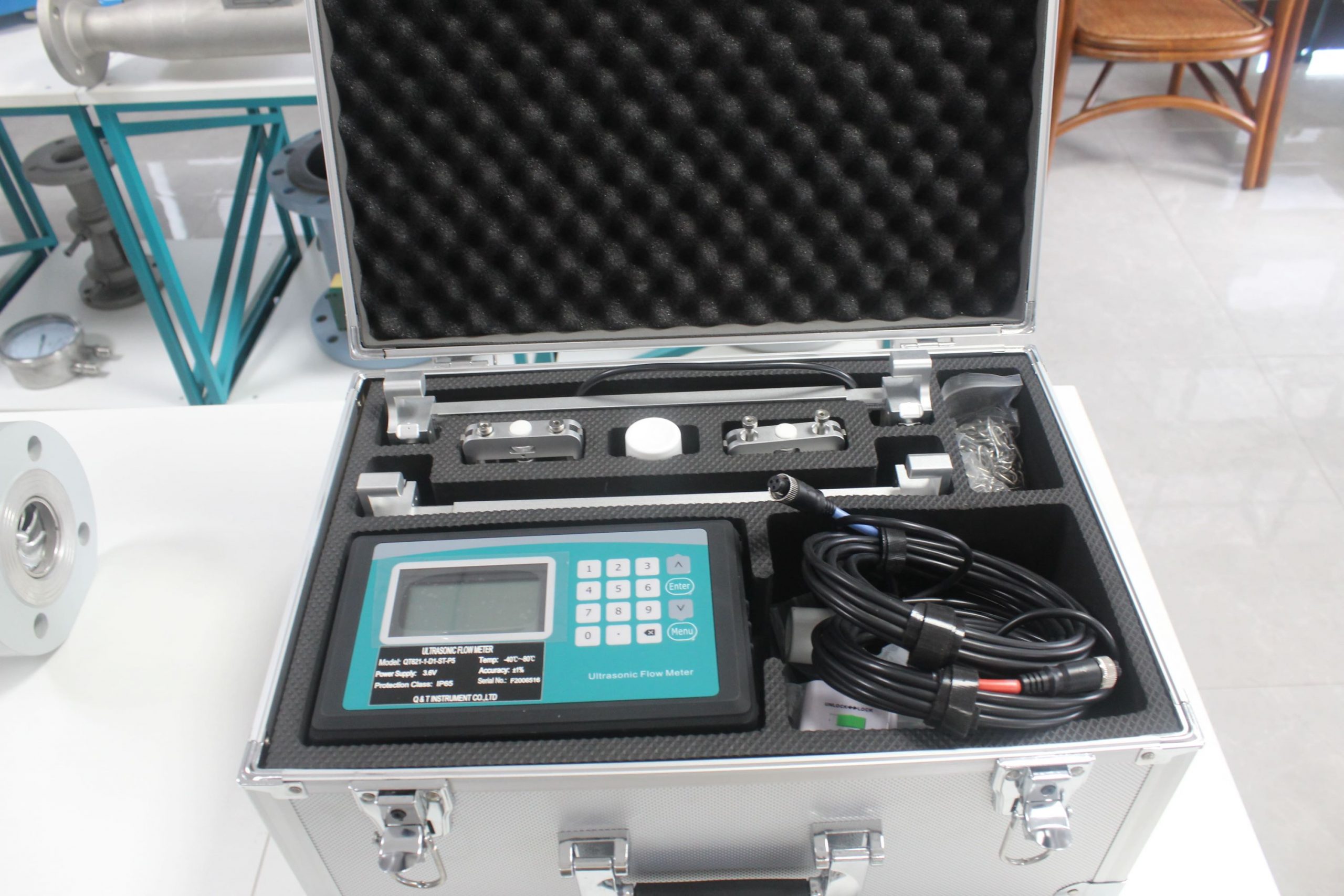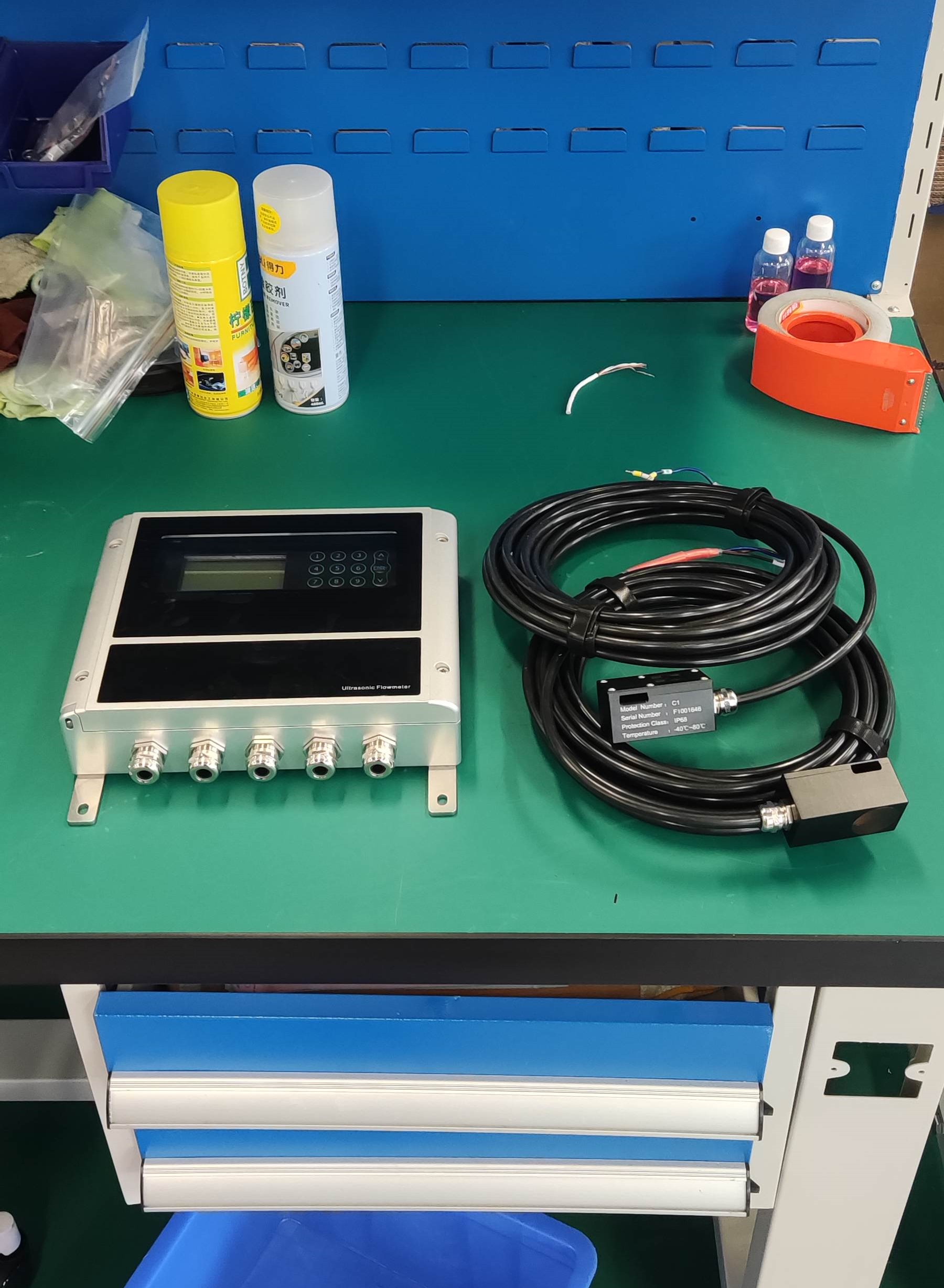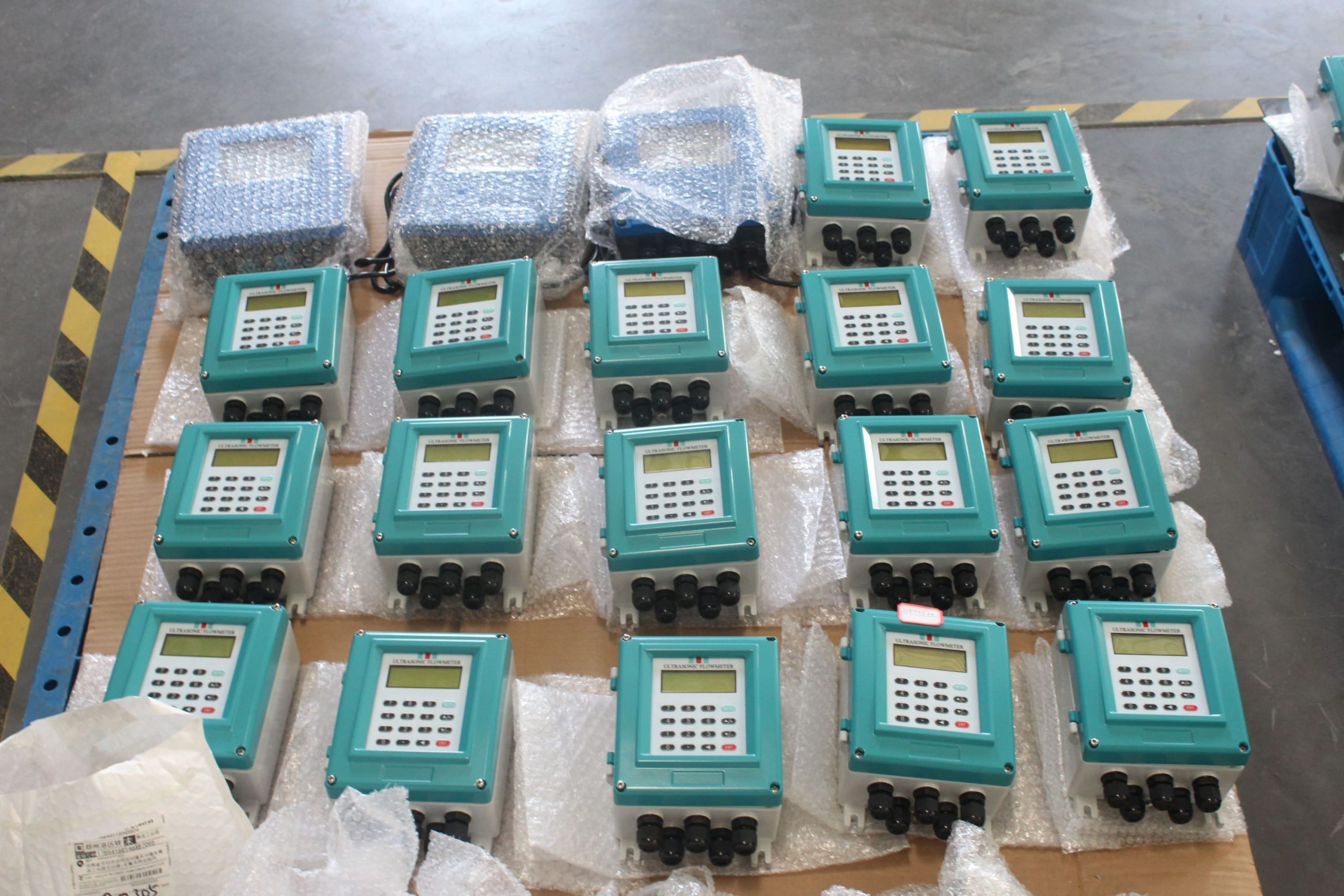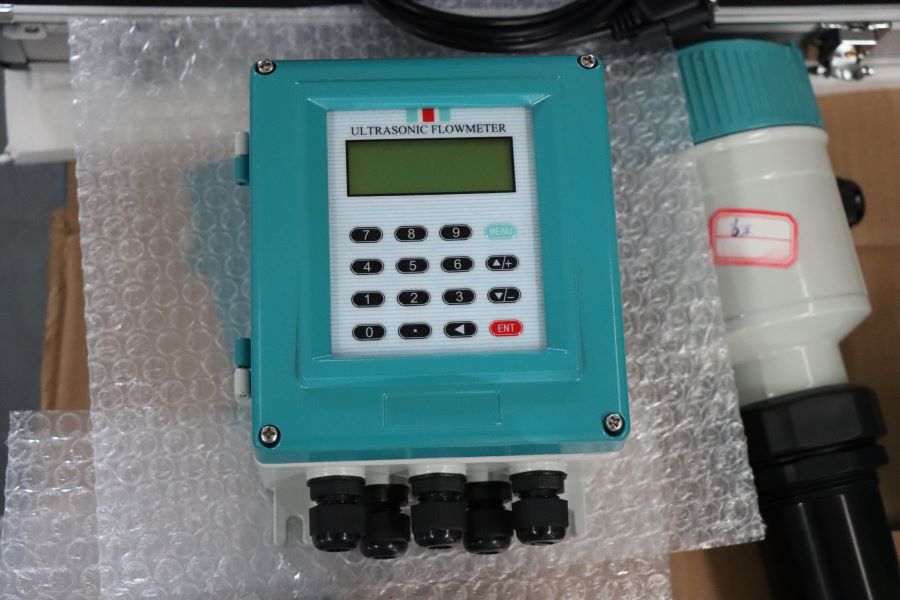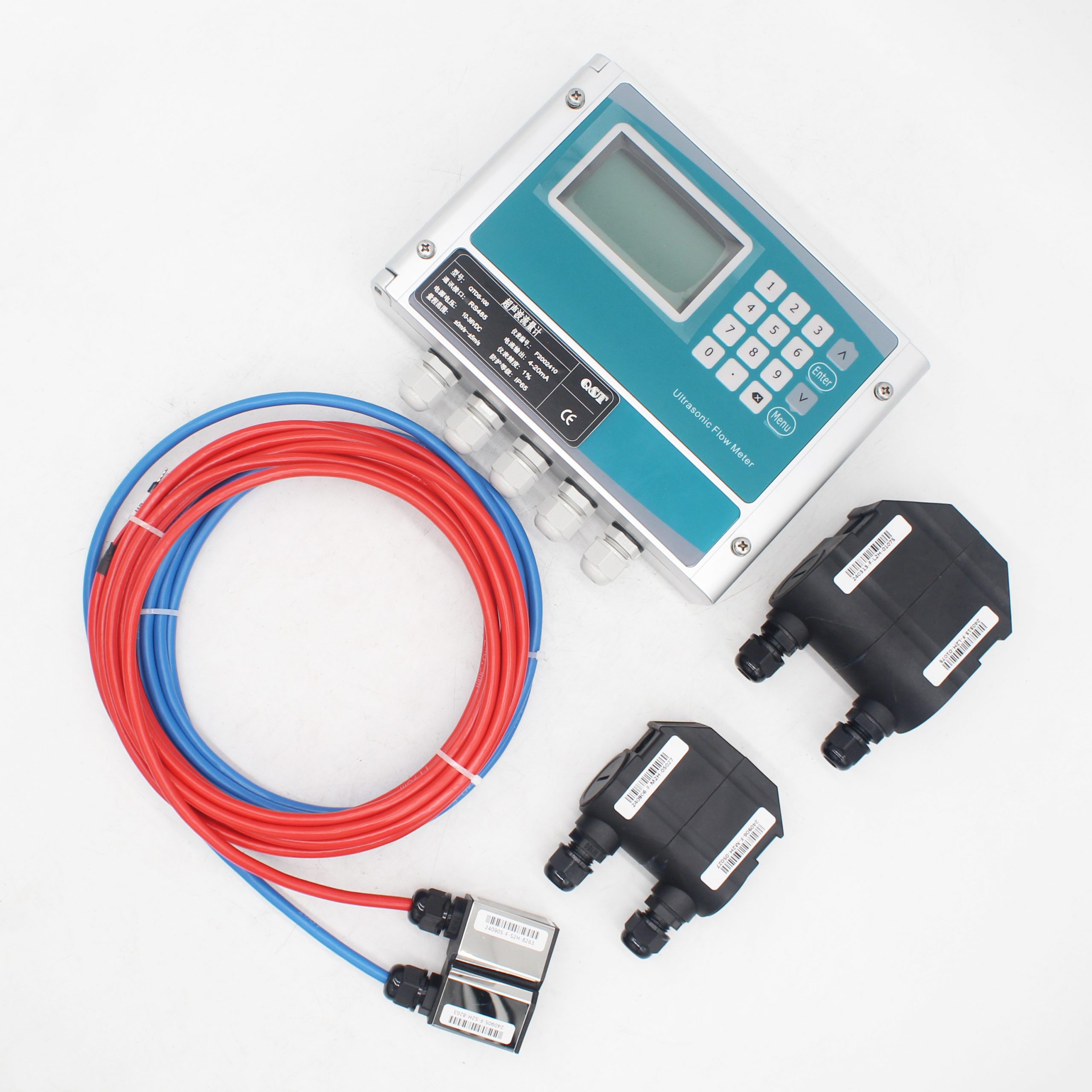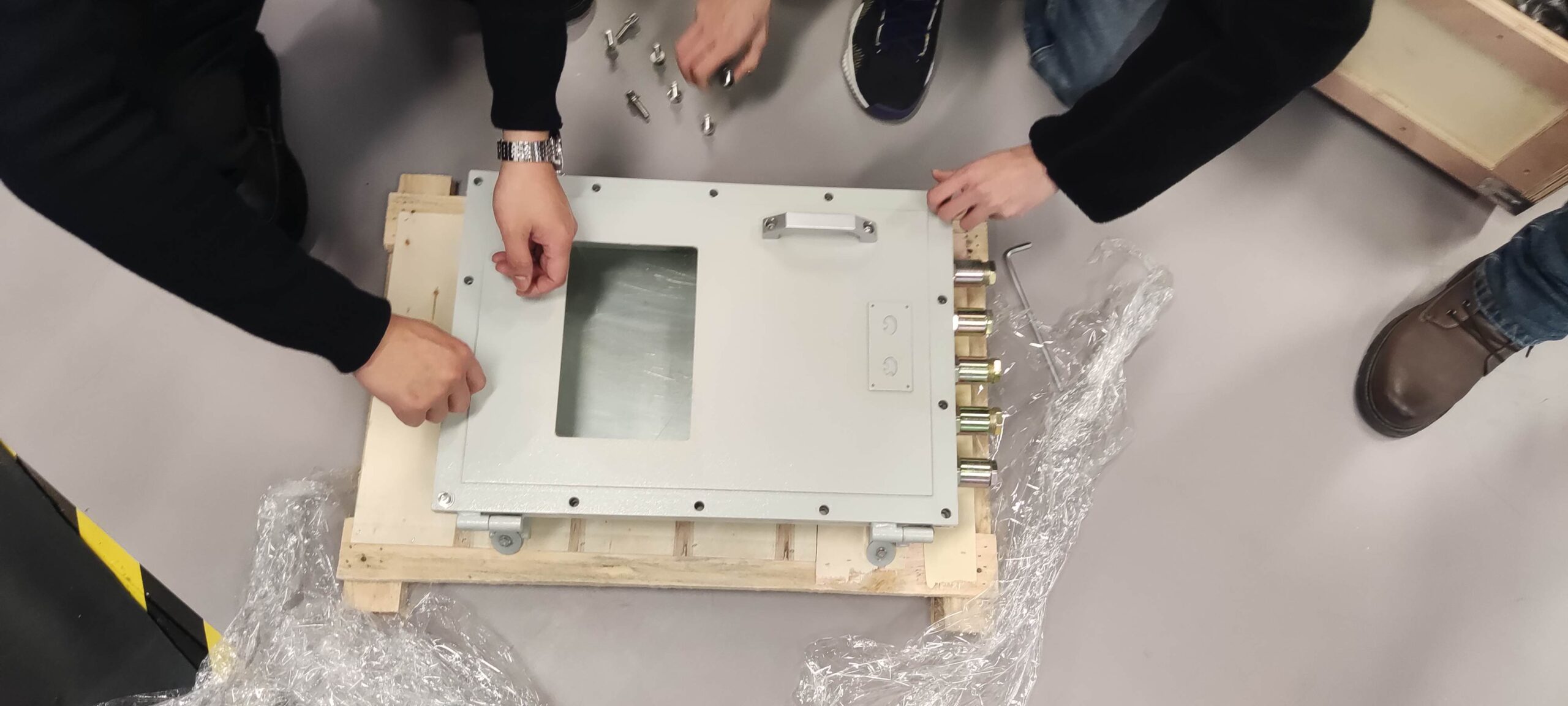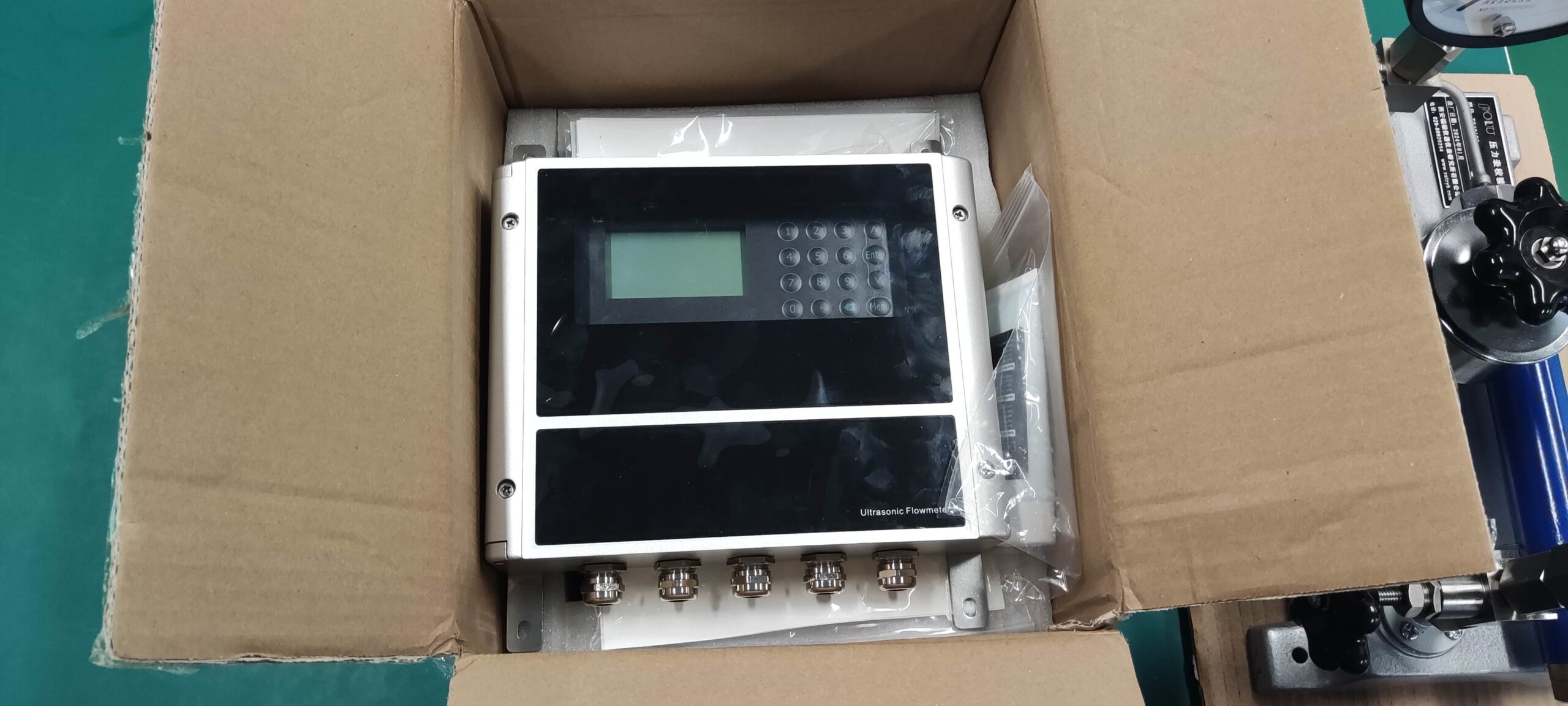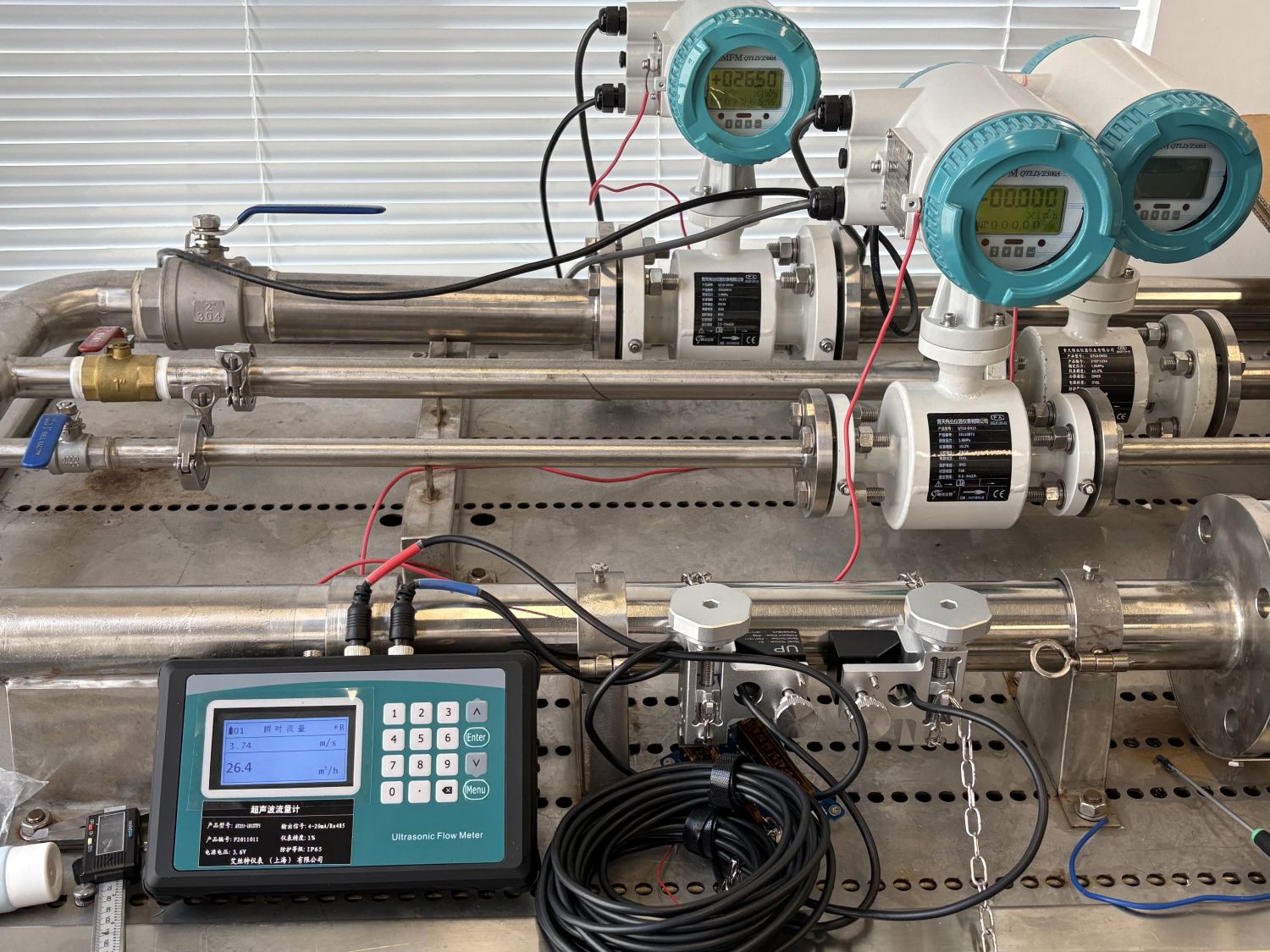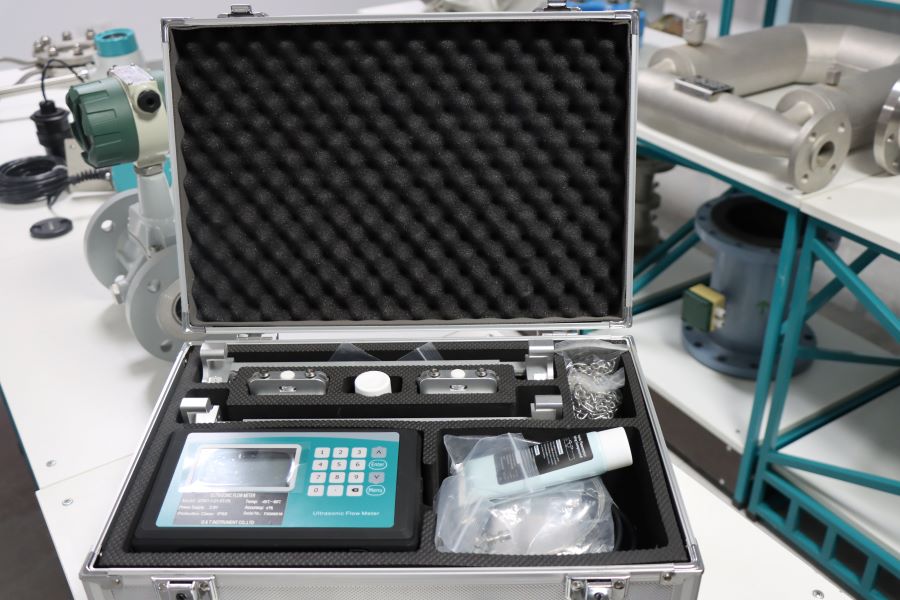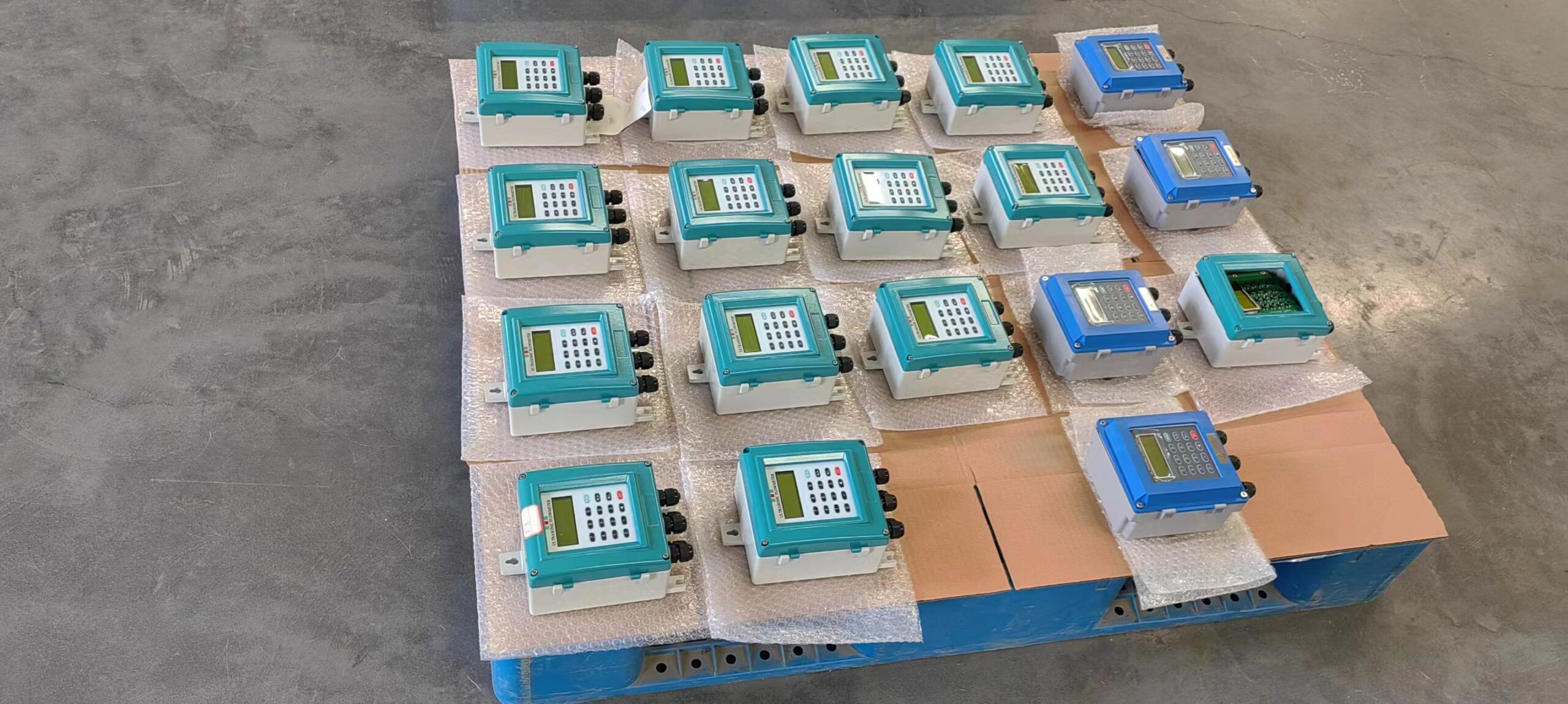Installation methods for ultrasonic flowmeters encountering unconventional pipelines
After the fluid passes through the elbow of the ultrasonic flowmeter, the downstream flow velocity distribution is distorted. If two adjacent planar elbow pipes are distorted, in addition to the distortion of the flow velocity distribution, vortices will also occur. This phenomenon can affect the measurement values of most types of flow meters in downstream devices (except for a few types such as volumetric ones), so it is usually necessary to install a straight pipe section of a certain length before the flow meter installation point to improve the flow situation entering the meter.
Ultrasonic flowmeters are less affected by elbow pipes, and the requirement for straight pipe length is also much lower than that of other flowmeters, such as throttling differential pressure and vortex street. However, at present, the measurement accuracy of ultrasonic flowmeters is 0.5%, or even 0.2% to 0.4. Even though its impact is not significant, it still receives widespread attention. In addition to the straight pipe section before the instrument that can reduce the impact of pipe bends, the owner can also reduce the impact of pipe bends through installation methods.
Due to the constraints of certain conditions, in order to budget for the additional errors caused by curves, traditional on-site measurement methods, such as the flowmeter flow area method, cannot be adopted for paired tests. It is necessary for users to understand the additional error estimates before placing an order in order to determine the planning scheme. Based on a similar principle, the author conducted experiments using a small-diameter ultrasonic flowmeter under simulated field conditions in the laboratory. The test result is 45. On this basis, the influence value of the traditional installation method in individual installation situations can be calculated, which can reduce the impact of the elbow pipe.


